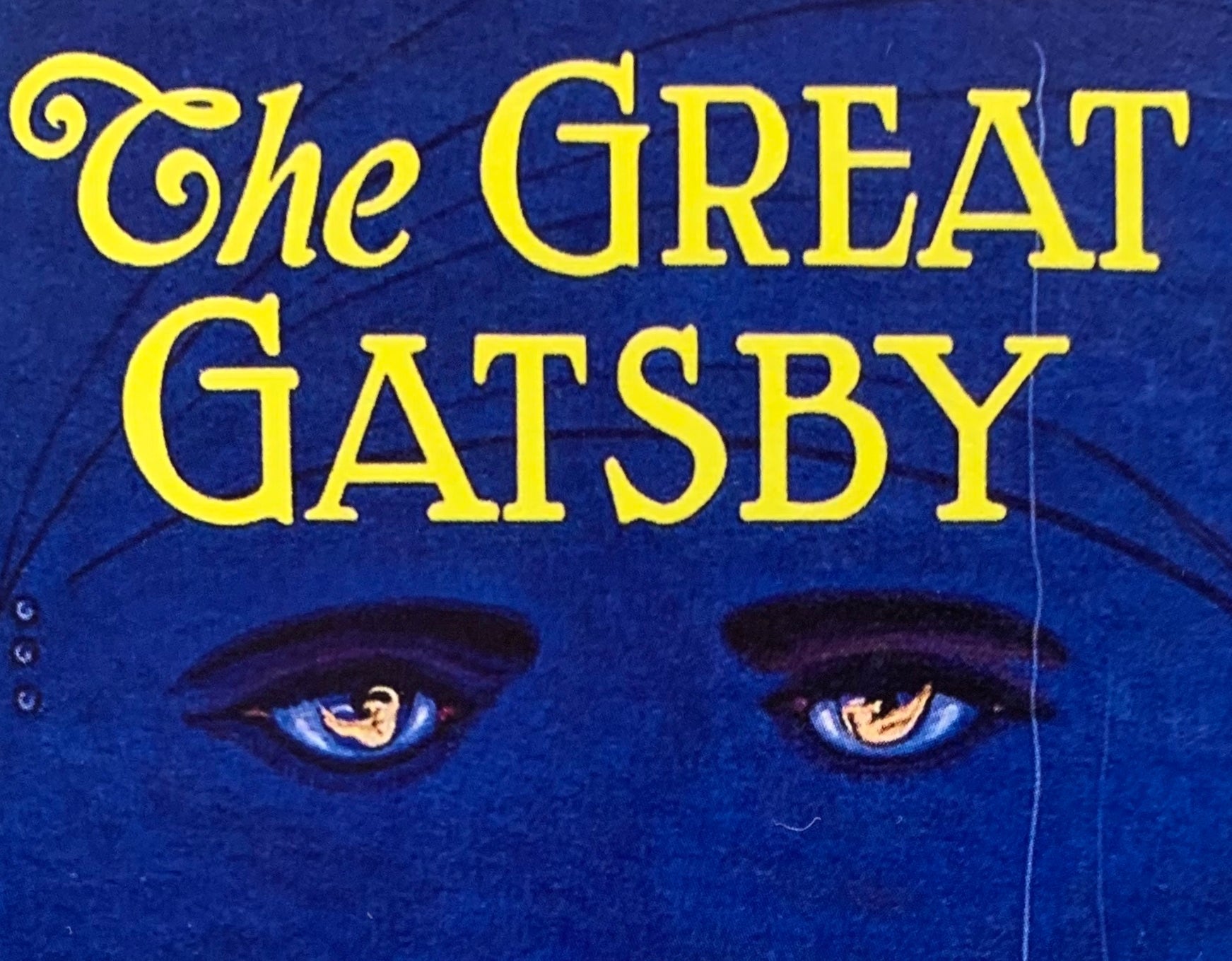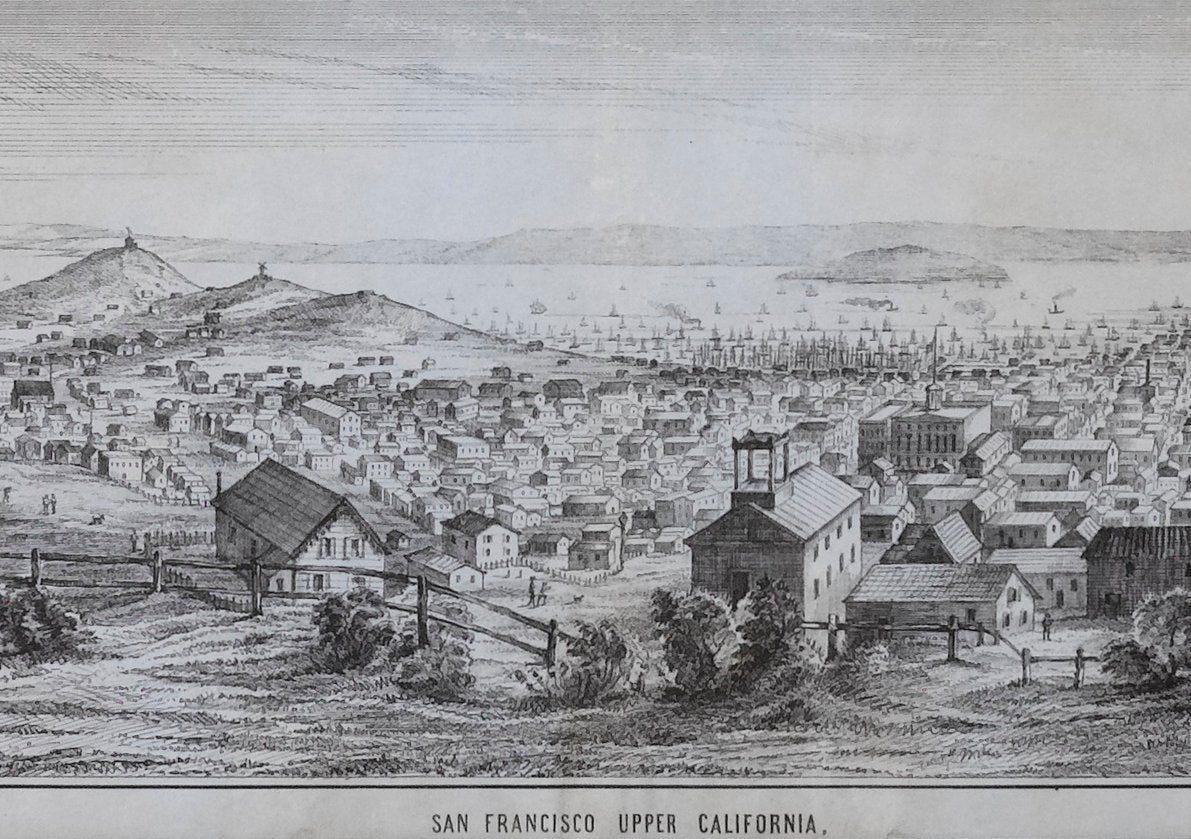Discover the World with Vintage Travel Posters
Oh the Places You’ll Go
By the early 20th century, with the further advancement of trains and the invention of airplanes, travel became a thing of wonder and excitement. In sharp contrast to long treks via horse and buggy, train and air travel guaranteed guests a high-speed mode of transportation unlike ever before seen. In addition, travel was becoming a luxurious, enjoyable act. With faster trains and advancing airplanes, customers could visit parts of the world never before seen, and traveling across their own country became a splendid pastime.
With the advancement of transportation, the world was getting smaller and more accessible than ever. Train and airline companies began to capitalize on the increased interest in travel for pleasure. More people were taking trips for honeymoons, vacations, and simply to appease their wanderlust. This is when the travel poster was truly born.
Trains, Planes and Automobiles
Airline and rail companies began to produce posters to entice onlookers to travel with their services. The posters were often commissioned by the companies themselves and were designed to advertise the destination where travelers could visit with the travel company. The posters included large and colorful depictions of monuments, iconic landscapes, and eye-catching cityscapes.
The rail or airline company name would be included somewhere on the poster, but often times that is all that would be included that referenced the mode of transportation. Besides a small airplane or train image, most posters did not focus on the actual mode of transportation for these designs. They rather focused on the dynamic imagery to catch viewers’ attention.
Rail travel posters were designed in a standard format for uniformity. When new posters were designed, the trainmaster would switch out old posters for new designs. The most common location for railway posters to be displayed was inside the stations, where thousands of travelers would see them every day. The posters encouraged travelers to venture out on trips via train, and also advertised the faster speeds of trains by the 20th century.
Airline posters served a similar purpose and were designed to hang in airports or travel agencies. The airline posters were changed out just as frequently and were seen by just as many people, if not more by the mid 20th century.
While travel posters were a popular form of advertisement, they were not produced as frequently or in as large quantities as other works, such as books for example. Printed posters were produced in single print runs and were designed to be used and then discarded once they served their purpose. For this reason, bright colored posters in very good condition are hard to come by. Many, even if they were never hung, display significant fold lines as they were folded right after being printed so that they could be distributed. Posters that were displayed will exhibit even more wear, as they were pinned up to the wall and could be easily torn or soiled.
Poster styles differed as the years went on:
“If we look at the continuum of travel posters, historically from 1900 through 1940, you’ll see different styles as well. When Art Deco was popular from 1925 to 1939, the movement influenced most travel posters of the time. In the early 1900s, they were more Art Nouveau-influenced” (Ross).
Airline posters have always advertised the destination where customers could travel, but later into the second half of the 20th century, the posters became more and more exotic. Airline companies began pushing promotions for far away destinations to accentuate their ability to cross the globe with passenger planes. They stressed the harder to reach countries that would not be easily accessed by any other mode of transportation. They also played on the fact that planes were becoming more and more of a luxurious, glamorous event, with other worldly comforts and amenities. Being that television did not exist until the mid 20th century, colorful and vibrant travel posters were the best means of spreading the word.
Discover all travel posters: CLICK HERE
Ross, Mickey, How Travel Posters Journeyed From Ad to Art Form. Invaluable, Invaluable.com, 25 July, 2016. Accessed 14 January 2020.









